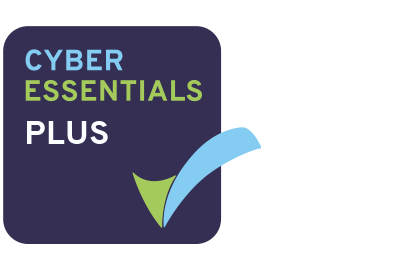Mobile workers of all kinds encounter risks – especially lone workers.
Examples in the public sector include health visitors, maintenance workers and social care. However, the list is much bigger. They can be directly employed or may work for an agency. The risks can be dangerous animals or people or a variety of other things like traffic accidents and slippery steps that all “field” workers plan to avoid every day.
Cautions and personal data
Historically, there has been a problem with sharing information about known risks between agencies. Potentially violent people (PVP) cannot easily be listed and shared between, say, health workers and social workers or police. Reasons mostly stemmed from privacy and confidentiality of client data. So informal channels were occasionally open but are frequently slammed shut by management. Rumoured risks were not checked for currency. The result was, and is, that one agency may know about a risk and a worker from another agency may walk right into it. When we speak to friends who have long hoped to solve this problem in these services, their faces fall and there is frustration with failed PVP data sharing initiatives going back more than ten or fifteen years.
What is new?
A few things have happened that have now made it practical to organise and store data – including sensitive personal data – to help keep mobile workers safe. The developments in technology and data sharing agreements are accepted as part of the mechanism but the biggest leap may have been a simple vocabulary change! By calling a system PVP (potentially violent persons) one is opening all sorts of questions about GDPR and the questions about people who object to their labelling creating a litigation liability. Simply changing the name to “Cautions List” swings the whole meaning over to reflect the duty of care that an organisation has to its workers. Suddenly, it is no longer about certain violent people. It is a reasonable and practical approach to warning a nurse that they should avoid the building works or dangerous dog when visiting 23 Colinbourne Road. the mobile worker may not even need to see details of a violent person. It may merely say only visit requires “police presence”. The data shared between parties may not give any private details now. It may simply include the source of the data or the contact details of a manager who is familiar with the problems and can advise further. That solves the politics of sharing.
Information governance challenges with cautions lists
It seems this is an evolving area so here are some of the subject headings we have encountered and what we have built into our systems.
| Subject | Challenge | Approach |
| Privacy of personal data | It is not unreasonable for anyone to ask what is held on them and demand rectification and even damages. Bad people have been known to abuse this right and to identify an individual who may have been the source. | Do not expose that data to the mobile workers. It is enough to know the nature of the risk and have been warned. A further contact person (the source or close manager) can provide any appropriate data through informal channels. |
| Data sharing hesitancy | History, confidentiality and politics, can all conspire to make people reluctant to hand over data | AXLR8 data exports and imports are set up by a super user to allow only those fields agreed in the data sharing agreements. |
| Access to personal data by mobile workers | Having a potentially violent person visible to (usually) hundreds of workers increases the likelihood of information leakage. This may expose that person the risk from a third party. | This is taken care of by the separation of the moderation management rights and responsibilities of a Cautions Owner and the restricted views of a field worker planning a day of visits. The latter sees enough to avoid or deal with risks present but no private data. |
| Currency and Accuracy of data | Nothing corrodes confidence in a cautions system like data that is out of date or inaccurate. A very risky situation not showing up on a cautions search or e.g. dangerous dog still listed but which may have been put down or moved will damage the system’s reputation and credibility. This could lead to danger for lone workers because they no longer believe the system and usage drops. | There has to be a 1. Moderation layer and a Cautions Owner and 2. there must be mechanisms for timed Currency/Accuracy Checks. 3. Any new risks identified (e.g. by a field worker reporting it on their app) must be vetted and verified by a moderator. AXLR8 identifies those named persons responsible for checking their specific Cautions are accurate and complete and timely. They have automated testing cycles in the same way a car has MOT checks or an electrical item has PAT. Further accuracy and buy-in is achieved by field users reporting risks they encounter on the app. |
AXLR8 Cautions List App
If you have come to this site looking for information about AXLR8 Cautions List systems and apps for lone worker safety or cautions lists and risk alerts for mobile field workers in public services, please follow this link.
